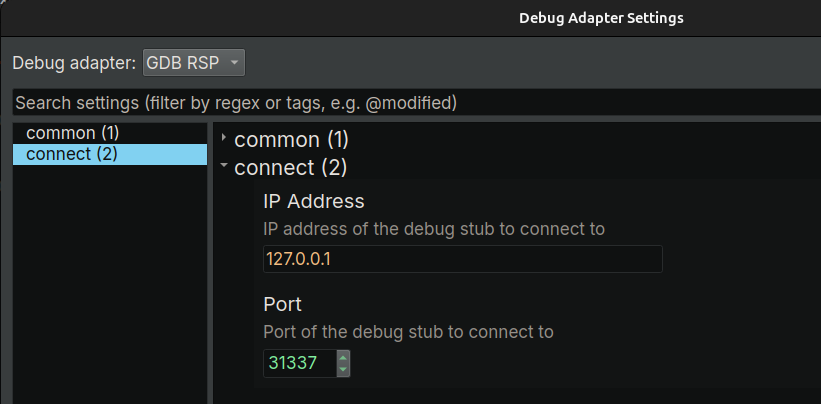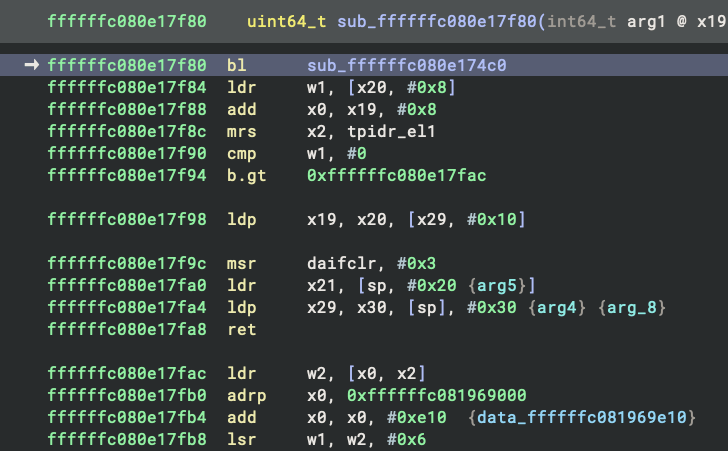Long time, no stream! Join Jordan and several other Binary Ninjas to see the next batch of features coming to stable release 5.1!
Going live in 1 hr today, June 24th at 5pm ET:
| Web | https://binary.ninja/ |
| https://twitter.com/vector35 | |
| YouTube | https://youtube.com/@Vector35 |
Long time, no stream! Join Jordan and several other Binary Ninjas to see the next batch of features coming to stable release 5.1!
Going live in 1 hr today, June 24th at 5pm ET:
The DWARF debug format is well-known for debugging executables,
but it is also an effective format for sharing reverse engineering information
across various tools, such as IDA, BinaryNinja, Ghidra, and Radare2.
In this blog post, I introduce a new high-level API in LIEF that allows the
creation of DWARF files. Additionally, I present two plugins designed to export
program information from Ghidra and BinaryNinja into a DWARF file.
https://lief.re/blog/2025-05-27-dwarf-editor/
(Bonus: The blog post includes a DWARF file detailing my reverse engineering work on DroidGuard)
This post demonstrates how CodeHawk enables high-assurance patching of vulnerabilities in stripped binaries without manual binary editing. We detail the remediation of CVE 2024-12248 in the Contec CMS 8000 Patient Monitor by lifting the firmware to semantically validated C code, applying idiomatic fixes directly on the C code, and automatically synthesizing precise binary-level patches. We evaluate two patch strategies, highlighting the trade-off between broader input filtering and minimal behavioral change, with CodeHawk proving that both eliminate the buffer-overflow vulnerability.
This post demonstrates how CodeHawk can be employed to discover and understand vulnerabilities in stripped binaries with high-assurance automation. We focus on our discovery, analysis, and disclosure of CVE 2024-12248, a high-severity vulnerability in the Contec CMS 8000 Patient Monitor. CodeHawk's automated memory safety analysis is applied to the lifting of a stripped firmware binary from the device. The analysis output flags the buffer-overflow vulnerability as an attacker-controlled violation. CodeHawk also demonstrates that the overflow is completely unbounded, enabling remote code execution on the device.


